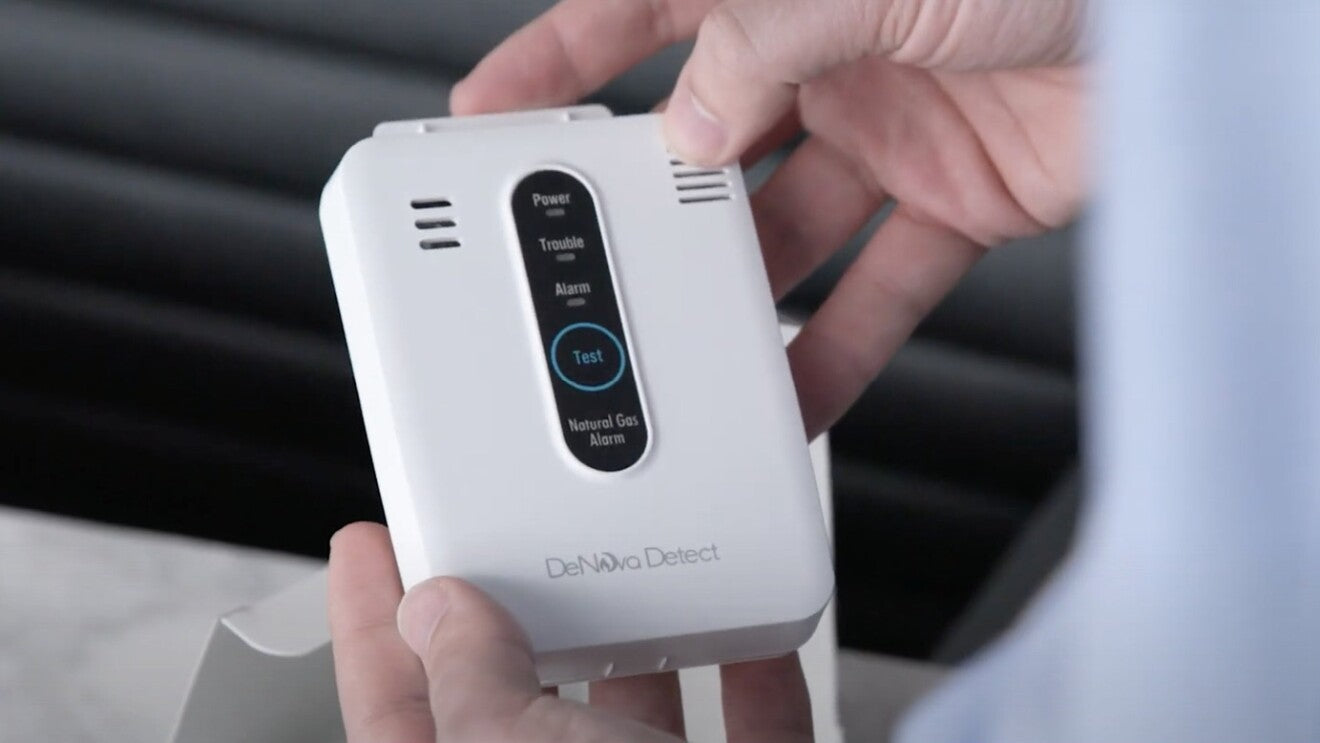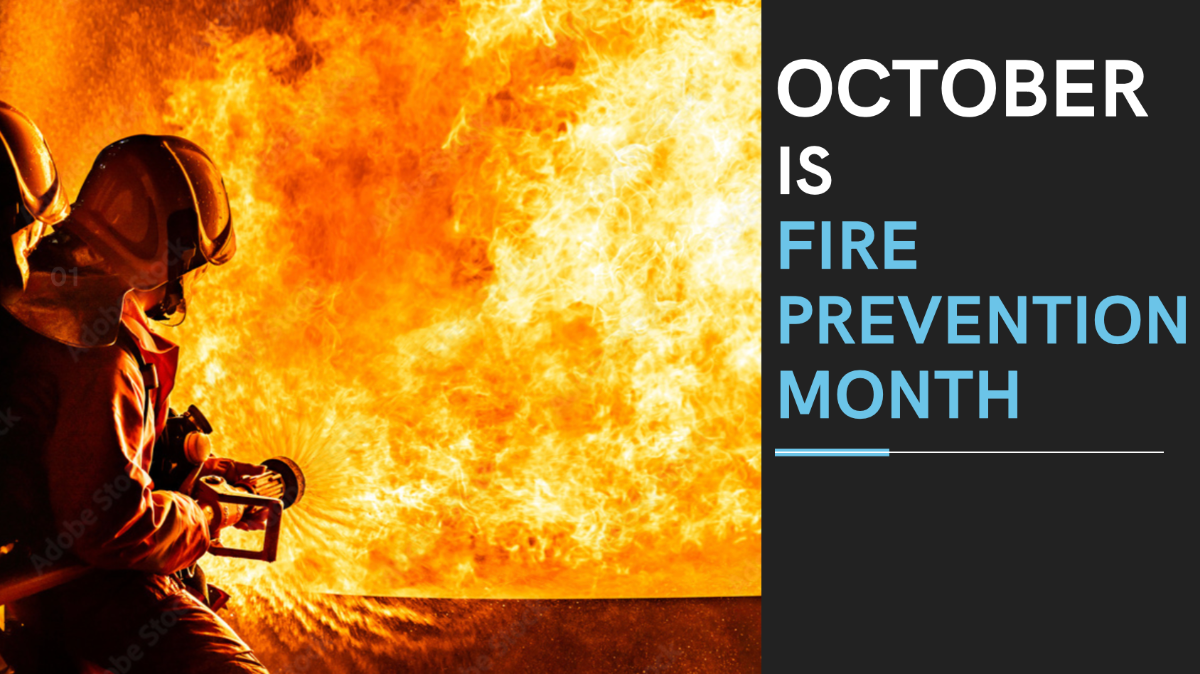Homes across the United States will usually have a defense against smoke, fire and carbon monoxide in the shape of a detector. Smoke alarms and carbon monoxide alarms have become essential in establishing peace of mind from these very real and all too often lethal threats. We recognize the dangers imposed by the presence of undetected smoke and carbon monoxide and address them, but what of another threat? Natural gas incidents are on a dangerous rise with nearly three hundred destructive gas events happening each year. This is partly due to a reliance on natural gas appliances in homes and an aging U.S. infrastructure that’s become vulnerable, especially natural gas pipelines that are built with corrosion prone materials. The latter can be particularly frightening as homeowners can be completely oblivious to the dangers that reside beneath them.
Two recent events can speak to the destruction caused by undetected natural gas. On March 12th, 2012, a natural gas explosion destroyed two buildings in East Harlem that resulted in eight deaths and over fifty injuries. The culprit was a gas main that happened to be 127 years old. The second incident happened on March 26th, 2015 in the East Village of Manhattan. This time a tapped gas line was responsible for completely destroying a series of surrounding buildings that resulted in two deaths, nineteen injuries and more than two hundred and fifty firefighters on site. The nation’s oldest cities are becoming increasingly vulnerable as infrastructure continues to age, yet we still do not treat the threat of natural gas with the same amount of respect dedicated to smoke, fire and carbon monoxide.
The installation of a methane detector (just like a smoke alarm and carbon monoxide alarm) makes a whole lot of sense given the risks. The most reliable solution for minimizing the risks associated with undetected natural gas is with a residential natural gas alarm. DeNova Detect Natural Gas Alarms use micro-electromechanical systems or MEMS. This allows for a more accurate and quicker response time when compared to traditional sensors used in other natural gas detectors. MEMS technology particularly shines by detecting low levels of natural gas a lot quicker when compared to other sensors. A DeNova Natural Gas Detector using a MEMS sensor features a 10% LEL level (lower explosive limit). Other natural gas alarms will usually detect at a 25% LEL. The result allows for a quicker response time for the fire department and an increased window of time to safely escape the surrounding area. The goal remains the same – saving lives and protecting property.
New Cosmos (maker of DeNova Detect Natural Gas Detectors) has one of the world’s largest gas sensor manufacturing and research and development facilities in the world. They develop a variety of innovative commercial and residential products like gas detection and air quality control systems. New Cosmos guarantees safe environments by staying one step ahead of gas leaks and preventing catastrophic events. Responsible for releasing the first residential gas alarm in the world, New Cosmos continues to innovate industry leading products in accurate and efficient detection technology. The DeNova Detect Natural Gas Alarm is an essential preventive measure designed to protect families and their home from natural gas explosions. It’s time to start treating the threat of natural gas on a level similar to smoke and carbon monoxide. Ensure your home’s safety with the installation of a DeNova Natural Gas Detector.





Leave a comment
This site is protected by hCaptcha and the hCaptcha Privacy Policy and Terms of Service apply.